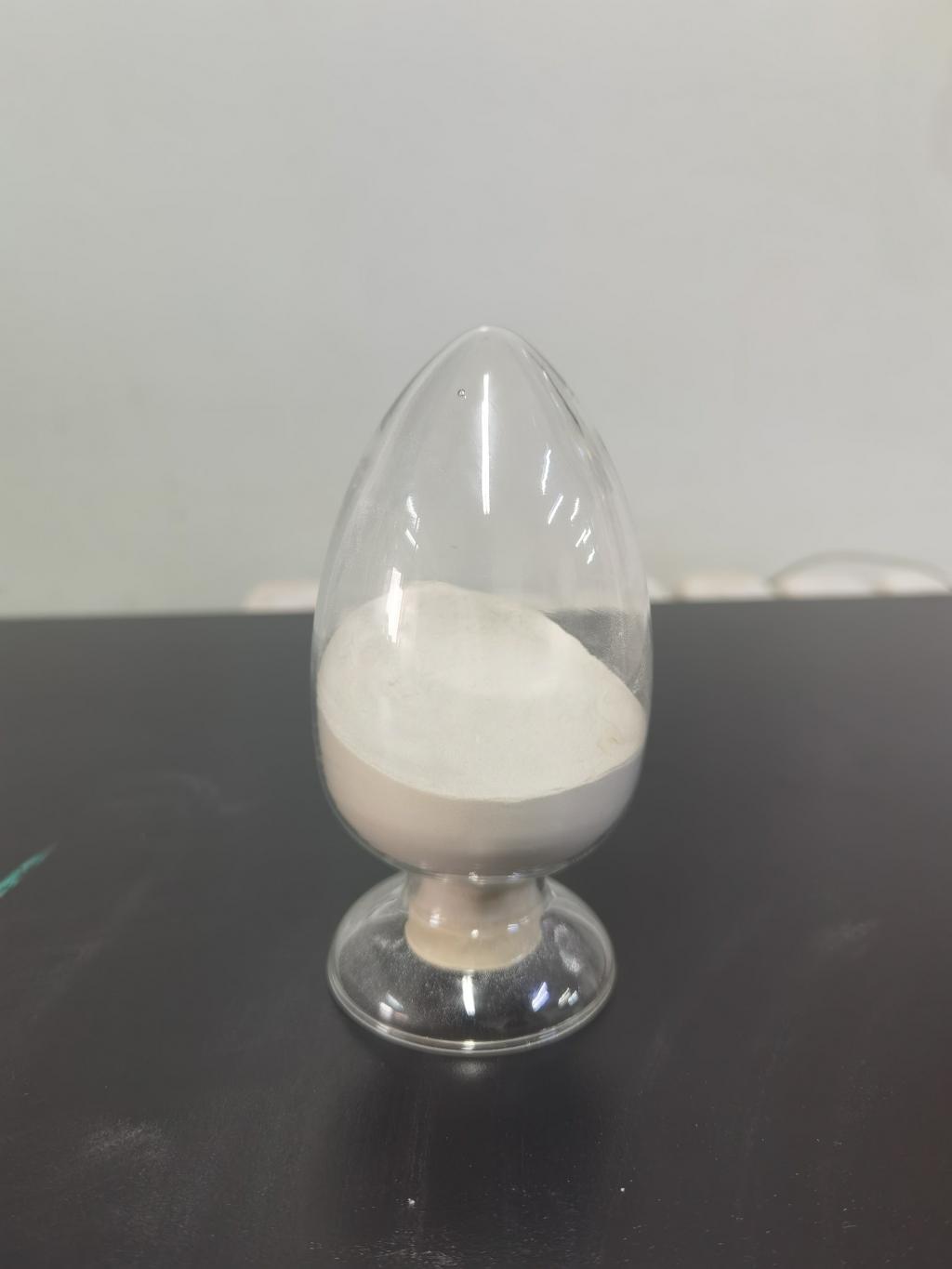Tel:+8618231198596

News
 CONTACT
CONTACT
 CONTACT
CONTACT
- Linkman:Linda Yao
- Tel: +8618231198596
- Email:linda.yao@dcpharma.cn
- Linkman:CHARLES.WANG
- Department:Overseas
- Tel: 0086 0311-85537378 0086 0311-85539701
News
Nisin's Collaborative Efforts in Combating Foodborne Outbreaks.
TIME:2023-10-07
Understanding Foodborne Outbreaks
Foodborne outbreaks occur when two or more people experience a similar illness resulting from consuming contaminated food or beverages. These outbreaks can have widespread implications, affecting public health, the food industry, and the economy. Key pathogens responsible for foodborne outbreaks include Salmonella, Escherichia coli (E. coli), Listeria monocytogenes, and Campylobacter, among others.
The consequences of foodborne outbreaks are significant:
Health Impact: Foodborne illnesses can range from mild gastroenteritis to severe, life-threatening conditions. Vulnerable populations, such as the elderly, young children, and immunocompromised individuals, are at a higher risk of severe outcomes.
Economic Costs: Foodborne outbreaks result in economic losses due to medical expenses, lost productivity, and damage to the reputation of food producers and restaurants.
Regulatory Responses: Outbreaks often trigger regulatory actions, including product recalls, restaurant closures, and investigations, which can have lasting impacts on the food industry.
The Role of Nisin in Food Safety
Nisin, a naturally occurring antimicrobial peptide produced by certain strains of lactic acid bacteria, offers a promising solution in the fight against foodborne outbreaks. Its mechanisms of action, primarily targeting Gram-positive bacteria, make it effective against several common foodborne pathogens. Nisin's role in food safety can be summarized in various aspects:
Pathogen Inhibition: Nisin is particularly effective against bacteria like Staphylococcus aureus, Listeria monocytogenes, and Clostridium botulinum, all of which are implicated in foodborne outbreaks. It inhibits their growth and prevents their proliferation in food products.
Extension of Shelf Life: By inhibiting spoilage microorganisms, nisin extends the shelf life of food products, reducing the likelihood of contamination and foodborne illness.
Natural Preservative: Nisin's status as a natural, food-derived antimicrobial peptide aligns with consumer preferences for clean labels and natural food preservatives.
Synergy with Other Preservatives: Nisin can work synergistically with other food preservatives, such as organic acids and salts, enhancing their effectiveness in preventing foodborne pathogens.
Collaborative Efforts Involving Nisin
Nisin's potential in combating foodborne outbreaks goes beyond its intrinsic properties. Collaborative efforts across various sectors are key to maximizing its impact on food safety:
Food Industry and Production: Food producers play a pivotal role in incorporating nisin into their products to ensure safety and extend shelf life. Collaboration with experts in food microbiology and preservation techniques can help optimize its usage.
Regulatory Agencies: Regulatory bodies like the Food and Drug Administration (FDA) and the European Food Safety Authority (EFSA) have a significant role in establishing guidelines and standards for the use of nisin in food production. They collaborate with industry stakeholders to ensure compliance with safety regulations.
Research and Development: Ongoing research into nisin's efficacy, safety, and potential applications is essential. Collaborative efforts between academia, research institutions, and the food industry contribute to advancing our understanding of nisin's capabilities.
Public Health Agencies: Agencies responsible for public health, such as the Centers for Disease Control and Prevention (CDC) and the World Health Organization (WHO), work in collaboration with the food industry to investigate and respond to foodborne outbreaks. Nisin's role in prevention can complement these efforts.
Consumer Awareness and Education: Educating consumers about the benefits of nisin in food safety can help build trust and confidence in the products they consume. Collaborative campaigns involving industry associations and public health agencies are crucial in this regard.
Case Studies: Nisin in Action
Several case studies demonstrate the successful collaborative efforts involving nisin in combating foodborne outbreaks:
Cheese Production: Nisin is commonly used in cheese production to prevent the growth of spoilage microorganisms and pathogens like Listeria monocytogenes. Collaboration between dairy producers, regulatory agencies, and microbiologists has led to safer cheese products.
Ready-to-Eat Meals: Nisin is employed in ready-to-eat meals to extend their shelf life. Collaboration between food manufacturers, food safety experts, and regulatory bodies ensures that these products are safe for consumption.
Canned Foods: Nisin's ability to inhibit heat-resistant bacteria makes it valuable in canned food production. Collaborative efforts among food processors, microbiologists, and canning industry experts result in safe and shelf-stable canned products.
Beverage Industry: Collaboration between beverage producers and food scientists has led to the incorporation of nisin in fruit juices and other beverages, preventing the growth of spoilage organisms and pathogens.
Challenges and Future Directions
Despite the potential of nisin in combating foodborne outbreaks, there are challenges and areas for future development:
Regulatory Harmonization: Harmonizing regulatory standards for nisin's use across different regions can facilitate its adoption on a global scale.
Resistance Management: Continuous monitoring and research are necessary to address the potential development of bacterial resistance to nisin.
Consumer Perception: Collaborative efforts should focus on educating consumers about the safety and benefits of nisin, as well as addressing any concerns or misconceptions.
Research Innovation: Research collaborations must continue to explore new applications and synergies with other preservatives to enhance food safety.
Conclusion
Nisin, the natural antimicrobial peptide produced by lactic acid bacteria, plays a significant role in preventing and mitigating foodborne outbreaks. Collaborative efforts across various sectors, including the food industry, regulatory agencies, research institutions, and public health organizations, are essential to harnessing nisin's potential fully. As we continue to confront the challenges of foodborne outbreaks, the collaborative use of nisin represents a promising avenue to enhance food safety, protect public health, and reduce the economic burden of foodborne illnesses. With ongoing research and responsible utilization, nisin's collaborative efforts in combating foodborne outbreaks are poised to make a lasting impact on the safety and security of our food supply.
- Tel:+8618231198596
- Whatsapp:18231198596
- Chat With Skype







